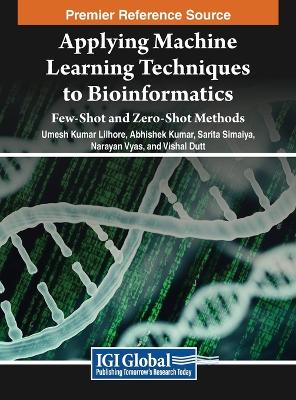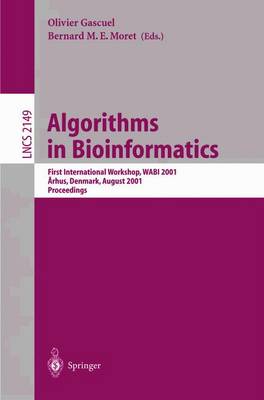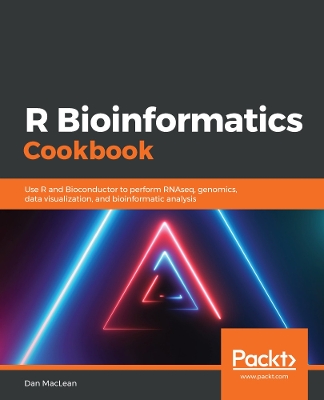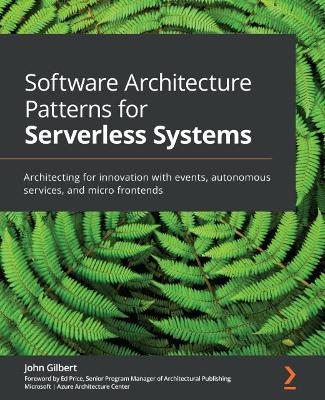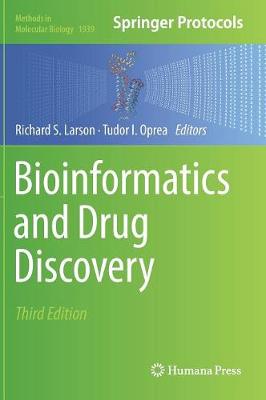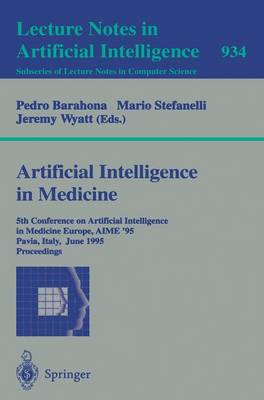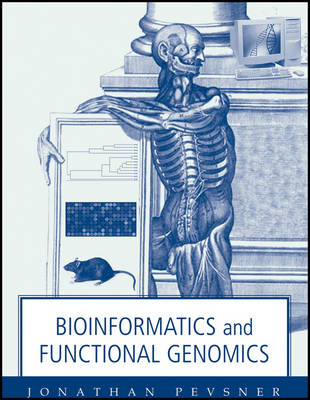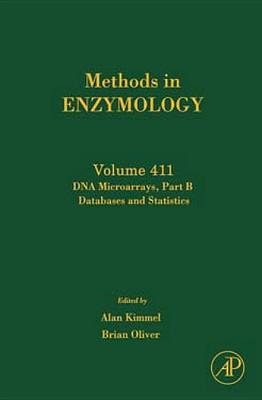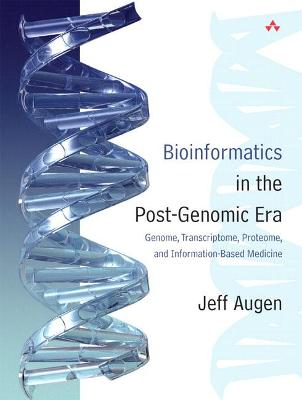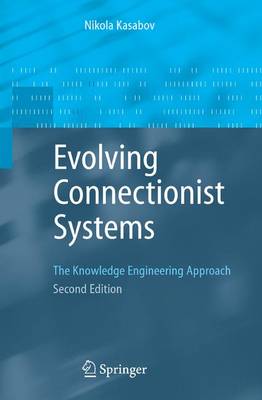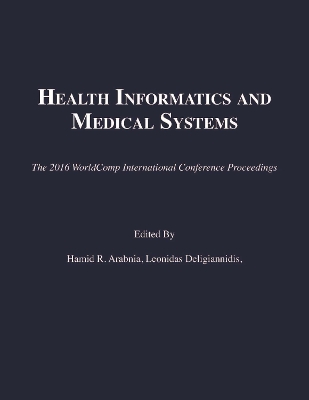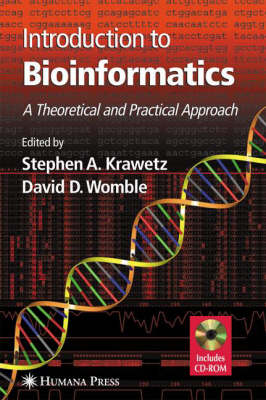Applying Machine Learning Techniques to Bioinformatics
Why are cutting-edge data science techniques such as bioinformatics, few-shot learning, and zero-shot learning underutilized in the world of biological sciences?. In a rapidly advancing field, the failure to harness the full potential of these disciplines limits scientists' ability to unlock critical insights into biological systems, personalized medicine, and biomarker identification. This untapped potential hinders progress and limits our capacity to tackle complex biological challenges. The s...
Algorithms in Bioinformatics (Lecture Notes in Computer Science, #2149)
We are very pleased to present the proceedings of the First Workshop on Bio- formatics (WABI 2001), which took place in Aarhus on August 28{31, 2001, under the auspices of the European Association for Theoretical Computer S- ence (EATCS) and the Danish Center for Basic Research in Computer Science (BRICS). TheWorkshop onAlgorithmsinBioinformatics coversresearch onallaspects of algorithmic work in bioinformatics. The emphasis is on discrete algorithms that address important problems in molecular...
Dieses Buch ist ein praktischer Ratgeber für Biologinnen und Biologen, die Multiple Sequenzalignments (MSAs) für ihre Datenanalysen verwenden und einen verständlichen Überblick über die vielen verschiedenen Programme suchen. Trotz ihres wichtigen Stellenwertes in der Datenanalyse herrscht Unsicherheit unter den Forschenden wie MSA-Programme genau funktionieren - ganz zu schweigen davon, wie und warum die unterschiedlichen Analysen zu verschiedenen Ergebnissen führen. Welches Programm ist für die...
This book is for those Splunk developers who want to learn advanced strategies to deal with big data from an enterprise architectural perspective. You need to have good working knowledge of Splunk.
For the past decade or more, much of cell biology research has been focused on determining the key molecules involved in different cellular processes, an analytical problem that has been amenable to biochemical and genetic approaches. Now, we face an integrative problem of understanding how all of these molecules work together to produce living cells, a challenge that requires using quantitative approaches to model the complex interactions within a cell, and testing those models with careful qua...
Over 60 recipes to model and handle real-life biological data using modern libraries from the R ecosystem Key Features Apply modern R packages to handle biological data using real-world examples Represent biological data with advanced visualizations suitable for research and publications Handle real-world problems in bioinformatics such as next-generation sequencing, metagenomics, and automating analyses Book DescriptionHandling biological data effectively requires an in-depth knowledge of ma...
A professional's guide to solving complex problems while designing modern softwareKey FeaturesLearn best practices for designing enterprise-grade software systems from a seasoned CTODeeper your understanding of system reliability, maintainability, and scalabilityElevate your skills to a professional level by learning the most effective software design patterns and architectural conceptsBook DescriptionAs businesses are undergoing a digital transformation to keep up with competition, it is now mo...
Bioinformatics in Proteomics (Methods in Molecular Biology)
Genomics of GC Rich Gram-Positive Bacteria (Functional genomics)
A First Course in Systems Biology is a textbook designed for advanced undergraduate and graduate students. Its main focus is the development of computational models and their applications to diverse biological systems. Because the biological sciences have become so complex that no individual can acquire complete knowledge in any given area of
Bioinformatics and Drug Discovery (Methods in Molecular Biology, #1939)
This third edition volume expands on the previous editions with new topics that cover drug discovery through translational bioinformatics, informatics, clinical research informatics, as well as clinical informatics. The chapters discuss new methods to study target identification, genome analysis, cheminformatics, protein analysis, and text mining. Written in the highly successful Methods in Molecular Biology series format, chapters include introductions to their respective topics, lists of the n...
Emergent Collective Properties, Networks and Information in Biology (New Comprehensive Biochemistry)
by J Ricard
The concept of network as a mathematical description of a set of states, or events, linked according to a certain topology has been developed recently and has led to a novel approach of real world. This approach is no doubt important in the field of biology. In fact biological systems can be considered networks. Thus, for instance, an enzyme-catalysed reaction is a network that links, according to a certain topology, the various states of the protein and of its complexes with the substrates and...
"What joy to discern the minute in in?nity, the vast to perceive in the small, what divinity!" Jacob Bernoulli (1654-1705) in Ars Conjectandi (1713) We are proud to present to you the proceedings of the Sixth International C- ference on Cellular Automata for Research and Industry (ACRI 2004), held in Amsterdam, The Netherlands on October 25-27, 2004. Since the ?rst conference in Italy, ACRI, which is held biennially, has become the premier conference in the ?eld of cellular automata in Europe an...
Artificial Intelligence in Medicine (Lecture Notes in Computer Science, #934)
Wiley is proud to announce the publication of the first ever broad-based textbook introduction to Bioinformatics and Functional Genomics by a trained biologist, experienced researcher, and award-winning instructor. In this new text, author Jonathan Pevsner, winner of the 2001 Johns Hopkins University "Teacher of the Year" award, explains problem-solving using bioinformatic approaches using real examples such as breast cancer, HIV-1, and retinal-binding protein throughout. His book includes 375 f...
Build your expertise in Windows incident analysis by mastering artifacts and techniques for efficient cybercrime investigation with this comprehensive guide Key Features Gain hands-on experience with reputable and reliable tools such as KAPE and FTK Imager Explore artifacts and techniques for successful cybercrime investigation in Microsoft Teams, email, and memory forensics Understand advanced browser forensics by investigating Chrome, Edge, Firefox, and IE intricacies Purchase of the print o...
Living organisms are distinguished by their chemical basis. Thus, knowledge of the properties of the elements and the interactions of the resulting compounds is a prerequisite for understanding biology.Chemistry answers the questions of why, among the more than 100 elements of the periodic table (PSE), carbon and not silicon is the dominant element in biology and why precious metals, such as gold and silver, do not play a role. The PSE provides information about why phosphoric acid and not sulfu...
DNA Microarrays, Part B (Methods in Enzymology)
by Alan R Kimmel Brian Oliver
Modern DNA microarray technologies have evolved over the past 25 years to the point where it is now possible to take many million measurements from a single experiment. These two volumes, Parts A & B in the Methods in Enzymology series provide methods that will shepard any molecular biologist through the process of planning, performing, and publishing microarray results. Part A starts with an overview of a number of microarray platforms, both commercial and academically produced and includes w...
“Mitigating Paradox at the eSociety Tipping Point” In the first two decades of the past Century, having as driving factor the automobile and its mass production, the command economy has radically changed our lifestyles, enabling the creation of offices, suburbs, fast food restaurants and unified school d- tricts. With the Internet as driving factor, socio-technical and industrial eNetworked ecosystems are about to change our lives again in these two decades of the twenty-first century, and we ar...
During the past decade advanced computing technologies have revolutionizedlife sciences and medical research. The changes are not only dramatic, but theyhave affected virtually everyone in life sciences. Information technology isaccelerating the drug discovery and testing process. Most current books onbioinformatics either lack technical depth, or focus on a specific narrow topic.Jeff Augen's book is the first overview with both broad coverage that doesjustice to the extent of this new field whi...
Numerical Computer Methods (Methods in Enzymology)
by Michael L Johnson and Ludwig Brand
The aim of Numerical Computer Methods, Part D is to brief researchers of the importance of data analysis in enzymology, and of the modern methods that have developed concomitantly with computer hardware. It is also to validate researchers' computer programs with real and synthetic data to ascertain that the results produced are what they expected.
Evolving Connectionist Systems (Perspectives in Neural Computing)
by Nikola K. Kasabov
This second edition of the must-read work in the field presents generic computational models and techniques that can be used for the development of evolving, adaptive modeling systems, as well as new trends including computational neuro-genetic modeling and quantum information processing related to evolving systems. New applications, such as autonomous robots, adaptive artificial life systems and adaptive decision support systems are also covered.
Health Informatics and Medical Systems is a compendium of articles and papers that were presented at HIMS '16, an international conference that serves researchers, scholars, professionals, students, and academicians.
Introduction to Bioinformatics
to Bioinformatics A Theoretical and Practical Approach Edited by Stephen A. Krawetz, PhD Wayne State University School of Medicine, Detroit MI and David D. Womble, PhD Wayne State University School of Medicine, Detroit, MI ~ Springer Science+ ~ Business Media, LLC © 2003 Springer Science+Business Media New York Originally published by Humana Press !ne. in 2003 Softcover reprint of the hardcover 1 st edition 2003 humanapress.com Ali rights reserved. No part of this book may be reproduced, stored...
